The alarming surge in vaping among students has become a critical concern for UK schools, demanding urgent and innovative responses in 2025. This guide reveals how the vape detector for schools is revolutionising campus safety, offering practical steps, expert advice, and a deep dive into the latest technology. Vape detectors are discreet devices that help school administrators, teachers, and parents detect and address covert vaping incidents, creating safer learning environments. Inside, you will find clear insights into vaping trends, how these detectors work, implementation strategies, leading solutions, compliance matters, and future innovations. Discover how modern detection tools can help transform your school’s approach to safeguarding and wellbeing.
Understanding the Vaping Crisis in UK Schools
The vaping crisis in UK schools has reached a critical stage, with educators and parents facing unprecedented challenges. Recent data shows a sharp increase in vaping among secondary pupils. According to the NHS survey on youth vaping, almost one in ten students aged 11 to 15 reported vaping in 2023. This trend is reflected in a rise in vaping-related incidents, disciplinary actions, and health concerns across the country.

The Scope of the Problem
Vaping has become one of the most significant behavioural issues in UK secondary schools. School leaders are reporting increasing numbers of students caught vaping, especially in hidden areas such as toilets and stairwells. Health professionals warn about the risks, including nicotine addiction, respiratory problems, and a negative impact on learning and concentration.
Staff face real difficulties in spotting vaping, as modern devices are small, easy to hide, and often produce little or no visible vapour. Ofsted reports have highlighted incidents where students repeatedly evade detection, leading to frustration among staff and concern among parents. Social media platforms only add to the problem by promoting vaping as a trend, making it harder for schools to challenge peer pressure and misinformation.
Parents are demanding stronger action, and schools are under pressure to find solutions that protect students’ health and wellbeing. The need for an effective vape detector for schools has never been greater, as traditional disciplinary approaches alone are proving insufficient.
Why Traditional Approaches Are Failing
Traditional monitoring methods rely heavily on staff patrols and visual checks. In large or multi-storey schools, it is nearly impossible to observe all potential vaping hotspots at once. Even with increased vigilance, students often use the latest disposable vapes that are odourless and designed to avoid detection.
Punitive policies, such as suspensions or confiscations, have shown limited long-term effectiveness without supportive interventions. Students may simply become more secretive, moving their activities to less supervised areas. The evolving nature of vape devices means that staff are frequently one step behind, unable to keep pace with new products entering the market.
These challenges have made it clear that a proactive, technology-driven approach is needed. Implementing a vape detector for schools provides a way to identify incidents quickly and accurately, allowing staff to intervene early and support students who may be at risk. By combining detection technology with education and support, schools can better safeguard their communities and respond to the rising tide of youth vaping.
How Vape Detectors Work: Technology and Capabilities
Understanding how a vape detector for schools operates is crucial for any educational leader aiming to stay ahead of vaping trends. With the sophistication of vaping devices increasing, schools require solutions that can accurately and discreetly identify incidents as they happen. This section will break down the core technology, highlight the latest features, and present a real-world example of success.
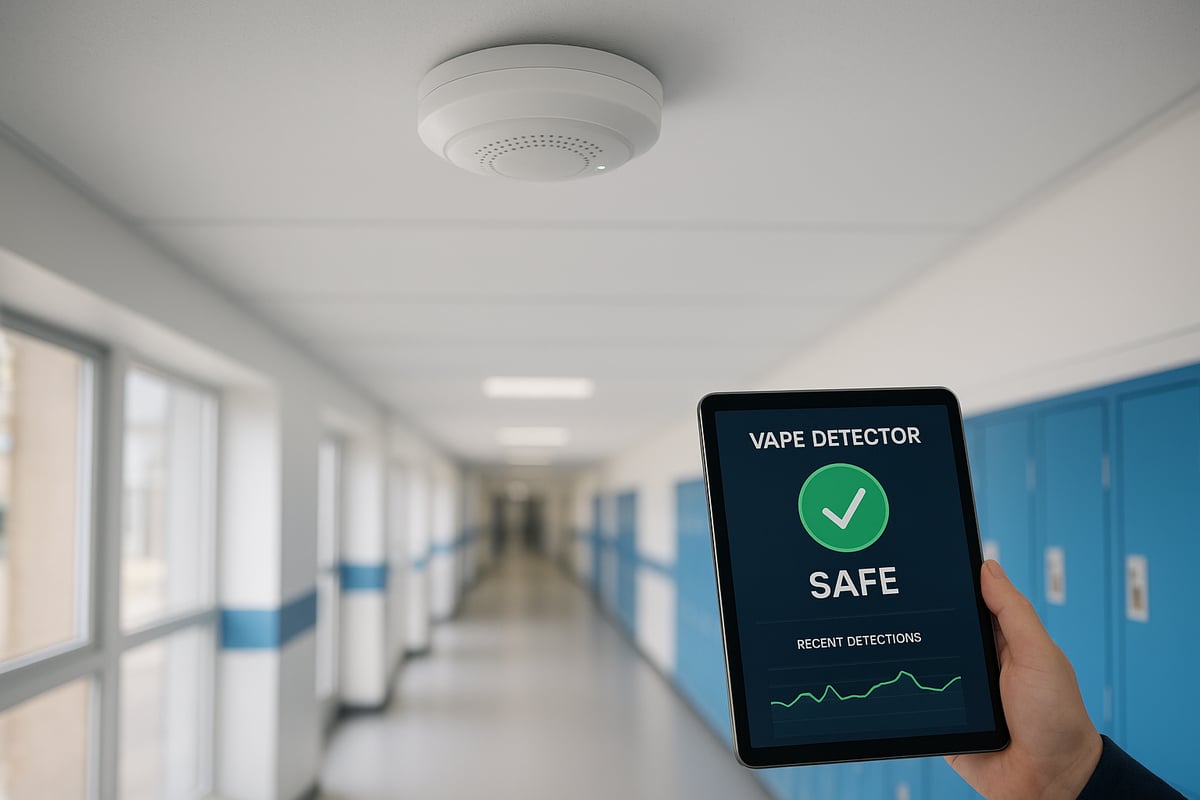
Core Detection Principles
At the heart of every vape detector for schools lies a network of advanced sensors. These devices monitor the air for particulate matter and specific chemical signatures released by vaping aerosols. Unlike traditional smoke detectors, they are designed to differentiate between vapour from e-cigarettes and other airborne substances, such as deodorants or cleaning sprays.
Detectors use a combination of particle sensors and chemical analysis to achieve this accuracy. When particulate levels or chemical markers associated with vaping are detected, the unit instantly sends an alert. Notifications can be delivered through email, mobile apps, or a central dashboard, allowing staff to respond quickly.
Placement is critical. Most manufacturers recommend installing units in toilets, changing rooms, and other secluded areas where students may attempt to vape. A typical sensor can cover a room of up to 40 square metres, but larger or multi-level schools may require a network of detectors to ensure full coverage. For a deeper technical dive, see this guide on vape detection technology explained.
Advanced Features for 2025
The vape detector for schools is evolving rapidly, with 2025 models offering remarkable capabilities. Artificial intelligence now plays a key role, analysing patterns in detected incidents to help schools identify trends and hotspots over time. This enables more strategic deployment and intervention.
Integration with existing school security and IT systems is another major advancement. Many detectors now support real-time data sharing with safeguarding teams and can be managed via cloud-based platforms. Multi-sensor devices are becoming the norm, detecting not only nicotine vapour but also THC, synthetic cannabinoids, noise disturbances, and even changes in air quality.
To minimise false positives, manufacturers have improved calibration algorithms. This ensures that common triggers like aerosol sprays do not result in unnecessary alerts. Data privacy is paramount, with all systems designed to comply with UK GDPR and strict data handling protocols.
Other practical considerations include battery life, wireless connectivity, and routine maintenance. Most modern units are wireless, supporting easy installation and regular remote updates, making the vape detector for schools both effective and low maintenance.
Case Example: Successful Vape Detection in a UK School
Consider the experience of a secondary school in the Midlands that deployed a vape detector for schools network in spring 2024. Within just five weeks, the school reported a 94 percent reduction in vaping incidents. Staff highlighted the ease of receiving instant alerts and the reassurance of knowing high-risk areas were under continuous monitoring.
Feedback from students was also encouraging. Many felt the new detectors contributed to a healthier environment, while others appreciated the transparent communication about the technology’s purpose and privacy safeguards. Leadership teams noted the importance of ongoing training and regular review of detector placement to maximise effectiveness.
Best practices from this implementation include involving students and parents from the outset, integrating detectors with safeguarding policies, and using incident data to inform broader health education efforts. The success of this vape detector for schools approach demonstrates the power of combining technology, policy, and community engagement.
Step-by-Step Guide to Implementing Vape Detectors in Schools
Introducing a vape detector for schools requires a methodical approach. This step-by-step guide ensures your school develops a robust plan, gains staff and community support, and achieves measurable improvements in student wellbeing.

Step 1: Assessing Needs and Identifying High Risk Areas
Begin by conducting a thorough site audit to pinpoint where vaping is most likely to occur. Common hotspots include toilets, changing rooms, stairwells, and secluded corridors. Walk the premises at different times of day and note areas with low visibility or limited supervision.
Engage staff, students, and parents to gather their perspectives on where incidents are happening. Anonymous surveys and open forums can encourage honest feedback. Review incident logs and disciplinary records to identify patterns or repeat locations.
Create a prioritised map or table to visualise risk zones:
| Area | Incident Frequency | Supervision Level |
|---|---|---|
| Boys' Toilets | High | Low |
| PE Changing Rooms | Medium | Medium |
| Stairwells | Low | Low |
This process lays the foundation for targeted deployment of a vape detector for schools, maximising both impact and resource efficiency.
Step 2: Selecting the Right Vape Detector Solution
Selecting an effective vape detector for schools involves careful consideration of several factors. Begin by evaluating detection accuracy, ensuring the device can reliably identify vape aerosols without frequent false alarms. Consider ease of installation—wireless options often suit older buildings, while wired systems may integrate better in new builds.
Compare sensor types: single-purpose detectors focus solely on vaping, while multi-sensor devices offer additional capabilities like noise monitoring or air quality tracking. Assess alert options, such as real-time notifications via email or app, and verify compatibility with your school's existing IT or safeguarding systems.
Vendor support and warranty matter for long-term reliability. Look for providers who offer robust training, regular updates, and responsive customer service. Cost is also key, so request quotes and compare value for money.
For a detailed overview of school-specific solutions, the Vape detectors for education resource can help you compare leading options and features.
By systematically evaluating these criteria, you ensure your vape detector for schools meets both immediate needs and future requirements.
Step 3: Planning Installation and Integration
Preparation is vital for successful deployment. Decide between wired and wireless vape detector for schools installations based on your infrastructure. Wireless solutions are typically quicker to install and less disruptive, making them ideal for busy school environments.
Plan detector placement carefully. Position devices discreetly in high risk areas to avoid tampering while still achieving optimal coverage. Use manufacturer guidelines to determine sensor range and recommended mounting heights.
Coordinate with your safeguarding and facilities teams to ensure new devices align with existing security protocols. Integrate the vape detector for schools into your school's response procedures, so alerts are directed to the right staff members and can be acted upon promptly.
A well planned installation phase minimises disruption and maximises the immediate effectiveness of your vaping prevention efforts.
Step 4: Training Staff and Raising Awareness
Staff readiness and community understanding are essential for success. Provide comprehensive training for all staff on how the vape detector for schools works, how to interpret alerts, and the correct response procedures. Use scenario-based workshops to build confidence in handling incidents sensitively.
Educate students about the purpose of the detectors. Hold assemblies or classroom sessions to explain how the vape detector for schools supports safety, privacy, and wellbeing. This transparency reduces fear and encourages responsible behaviour.
Communicate openly with parents, sharing information about the technology, data privacy safeguards, and the positive impact expected for the school community. Consider hosting information evenings or distributing FAQs to address concerns and foster support.
Proactive engagement across all groups leads to smoother adoption and greater long-term success.
Step 5: Monitoring, Reporting, and Continuous Improvement
Ongoing monitoring ensures your vape detector for schools continues to deliver results. Set up dashboards for real-time data tracking and schedule regular reviews with leadership teams to assess incident trends.
Use the data collected to refine policies and interventions. If alerts cluster in new areas, adjust detector placement or increase supervision. Share anonymised reports with staff and governors to maintain accountability.
Periodically review the effectiveness of the vape detector for schools, seeking feedback from staff and students. Update training, communication, and hardware as technology and school needs evolve.
By embedding continuous improvement into your approach, you future proof your vaping prevention strategy and uphold the highest standards of student safety.
Comparing Top Vape Detector Solutions for Schools in 2025
The rapid evolution of the vape detector for schools market in the UK reflects a growing demand for effective, technology-driven safeguarding tools. With the vaping crisis continuing to impact student wellbeing, school leaders are seeking robust, reliable solutions that align with both operational needs and compliance requirements. Understanding the landscape of available options is essential for making informed decisions.
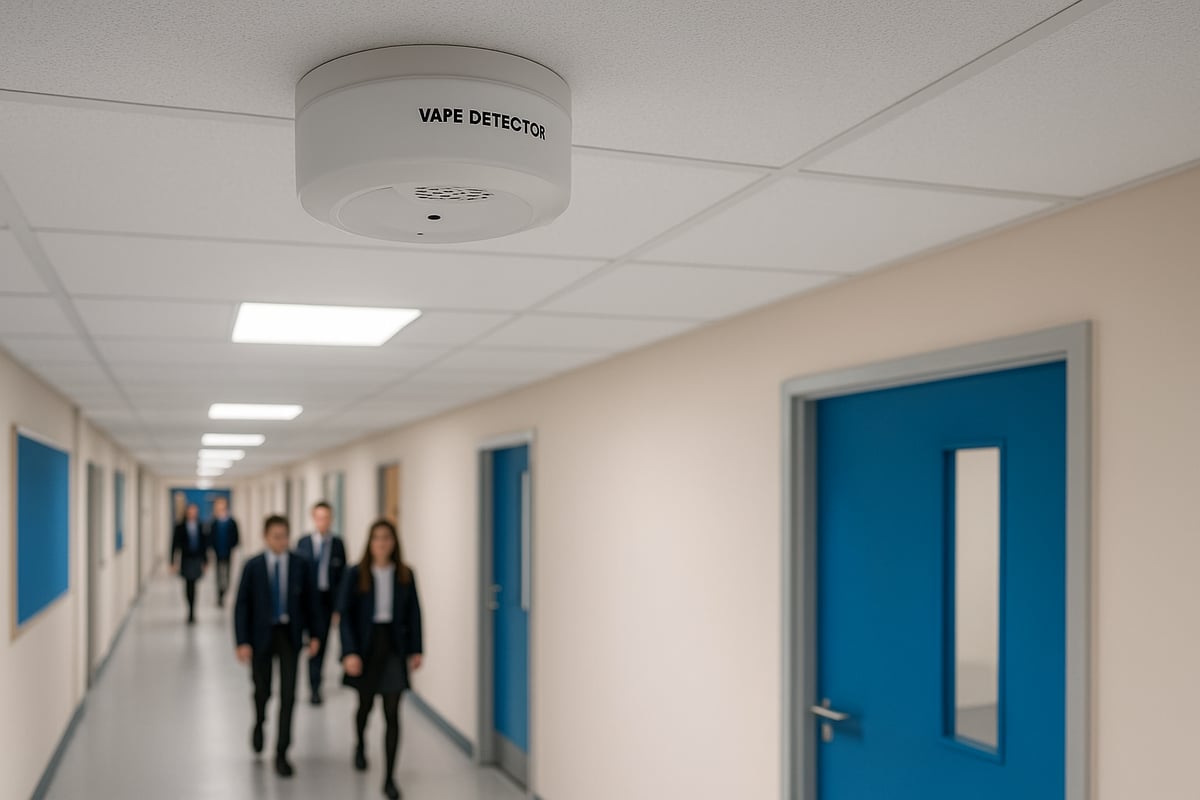
Key Players and Product Offerings
A variety of manufacturers now supply a vape detector for schools, each bringing unique features and benefits. Leading brands such as Halo Smart Sensor and Zeptive Wireless Vape Detector have set the standard for innovation, while new entrants are offering competitive alternatives tailored for UK educational environments.
Below is a summary table comparing some of the top solutions:
| Product Name | Detection Range | Supported Substances | Alert System | Analytics | Integration | Purchase Model |
|---|---|---|---|---|---|---|
| Halo Smart Sensor | 12-15 sqm | Nicotine, THC, Noise, VOCs | Email, App, Dashboard | Advanced AI | Security, IT | Purchase, Lease |
| Zeptive Wireless | 10-13 sqm | Nicotine, THC, Air Quality | App, SMS, Dashboard | Incident Reports | Security, WiFi | Purchase, Subscription |
| Vape Guardian | 10-15 sqm | Nicotine, Air Quality, Noise | App, Email, Dashboard | AI Analytics | Security, IT | Purchase, Trial |
Most vape detector for schools solutions now offer multi-sensor technology, flexible purchase options, and seamless integration with safeguarding systems. Consider both established and emerging brands when comparing the best fit for your school.
Evaluation Criteria
Selecting a vape detector for schools requires careful evaluation. Reliability and detection accuracy are critical, especially in busy or high-risk areas. Schools should look for devices with proven false positive rates below 5 percent, easy calibration, and robust support.
Key criteria to guide your decision include:
- Detection accuracy and speed
- Range of detectable substances
- Alert and notification options
- Integration with existing security and IT systems
- Ease of installation and user interface
- Vendor training, support, and warranty policies
A vape detector for schools should also offer regular software updates to keep up with evolving vaping behaviours and device designs. Staff usability is vital, as is the ability to generate actionable reports for leadership and safeguarding teams.
Real-World Performance and Customer Feedback
Real-world feedback from UK schools highlights significant reductions in vaping incidents after installing a vape detector for schools. Many institutions report improved student behaviour and greater peace of mind among staff and parents. Challenges during rollout, such as initial false alarms or integration issues, are typically resolved with vendor support and ongoing staff training.
Case studies frequently mention the importance of combining technology with education and clear communication. For further guidance on implementation, schools can access the Vaping education hub for schools, which provides practical resources and expert advice for administrators.
Choosing the right vape detector for schools is a strategic investment in campus safety. By considering both technical features and real-world feedback, school leaders can ensure a safer, healthier learning environment.
Compliance, Privacy, and Policy Considerations
Schools adopting a vape detector for schools must navigate a complex landscape of legal, privacy, and policy obligations. Strong compliance not only protects institutions but also builds trust with parents, staff, and students. In 2025, with regulations evolving rapidly, schools should be proactive in their approach to safeguarding.
Legal and Regulatory Framework for Vape Detection
Implementing a vape detector for schools requires a thorough understanding of UK legislation. The law prohibits vaping on school premises, and safeguarding responsibilities extend to preventing health risks from vape use. With new measures such as the government’s upcoming ban on disposable vapes from June 2024, school leaders must update their compliance strategies accordingly.
Data privacy is paramount. Vape detectors may process environmental data and, in some cases, alert logs that could be linked to incidents. All data handling must meet the requirements of the UK GDPR. This includes ensuring that sensor data is not used to monitor individuals unnecessarily and that parental consent is obtained where appropriate. Schools should also maintain clear records of all incidents and responses, ensuring transparency and accountability.
Integrating Vape Detectors into School Policies
To maximise the effectiveness of a vape detector for schools, integration into existing behaviour and safeguarding policies is essential. Policies should outline the purpose of vape detection, clearly define response procedures, and specify roles for staff. Transparent communication with stakeholders, such as staff, students, and parents, fosters trust and understanding.
Record keeping is a vital element. Schools should document every vaping incident detected, response actions taken, and outcomes achieved. Regular reporting to leadership teams supports continuous improvement and helps demonstrate compliance to Ofsted or external agencies. Liaising with local authorities may also be required in cases of repeated or serious incidents. For practical examples of policy implementation, the guide How to stop vaping at school offers actionable steps for leadership teams.
Addressing Student Rights and Wellbeing
Balancing student privacy with safety is a key consideration when deploying a vape detector for schools. Detectors should focus on public or shared spaces, such as toilets and corridors, rather than private areas. Policies must make it clear that the system is designed to promote wellbeing, not to single out individuals unfairly.
Supporting students goes beyond detection. Schools should provide access to educational resources, counselling, and cessation programmes for those affected by vaping. Engaging parents and carers in ongoing dialogue strengthens the partnership between home and school, ensuring that everyone understands the rationale behind vape detection. By prioritising education and support, schools create a culture of care while still enforcing necessary boundaries.
The Future of School Safety: Emerging Trends and Innovations
Schools across the UK are facing a rapidly changing landscape when it comes to student vaping. As vape devices become more discreet and youth vaping trends continue to shift, school leaders must stay ahead with both technology and policy. The vape detector for schools now sits at the heart of safeguarding strategies, but what does the future hold for these solutions?
Evolving Threats and Technology Responses
The landscape of student vaping is evolving quickly. New devices are designed to be smaller, easier to conceal, and almost impossible to detect visually. According to the ASH report on youth vaping trends, vaping rates among young people have risen, and the types of products used are becoming more varied. This presents a challenge for any vape detector for schools, as devices may release little to no odour and can be activated in seconds.
In response, sensor technology is advancing. The most effective vape detector for schools in 2025 will use artificial intelligence to analyse air quality, detect multiple substances, and even recognise patterns of repeated incidents. Integration with wider school safety systems, such as noise monitoring and air quality tracking, is becoming standard. These integrated platforms allow staff to respond quickly to incidents and act on trends before they escalate.
A summary of future-ready features:
| Feature | Benefit |
|---|---|
| AI-powered analytics | Identifies patterns and hotspots |
| Multi-substance detection | Catches nicotine, THC, and more |
| Real-time alerts | Enables immediate intervention |
| Seamless integration | Works with security and safeguarding |
Proactive Approaches to Prevention
Technology alone cannot solve the vaping crisis. Schools are increasingly combining the vape detector for schools with comprehensive prevention strategies. Education plays a vital role, ensuring students understand the risks linked to vaping. Programmes that involve peer support, digital citizenship, and student ambassador initiatives are gaining traction.
Collaboration with local health authorities, parents, and community organisations strengthens these efforts. Drawing insights from the ASH Wales Youth Vaping Survey 2024, schools can tailor their interventions to reflect current behaviours and attitudes. Counselling and cessation support are also critical, helping students who may already be dependent on nicotine.
When combined, these proactive approaches create a culture of wellbeing, trust, and accountability. The vape detector for schools acts as a safety net within a wider network of support.
Preparing for 2025 and Beyond
Looking ahead, future-proofing school safety relies on adaptability and ongoing investment in both technology and people. Regular training ensures staff remain confident in responding to alerts and supporting students. Continuous stakeholder engagement, including parents and carers, keeps communication channels open and transparent.
Reviewing and updating technology is essential. The vape detector for schools should be assessed annually, with updates applied to address new threats. Schools are also encouraged to review their safeguarding policies and ensure that detection measures are balanced with respect for student privacy and wellbeing.
By embracing innovation and fostering a proactive culture, schools can stay one step ahead. The vape detector for schools will continue to evolve, remaining a cornerstone of safe and healthy learning environments.
As we’ve explored, tackling the vaping crisis in schools requires a smarter, more proactive approach—especially as we look ahead to 2025. With advanced vape detectors, you have the tools to create a safer, healthier environment for every student and staff member. If you’re keen to see how this technology works in real schools, or want real-world advice on protecting your campus, I encourage you to learn how Vape Guardian is protecting schools.
See what’s possible and help your school take the next confident step towards a safer future.


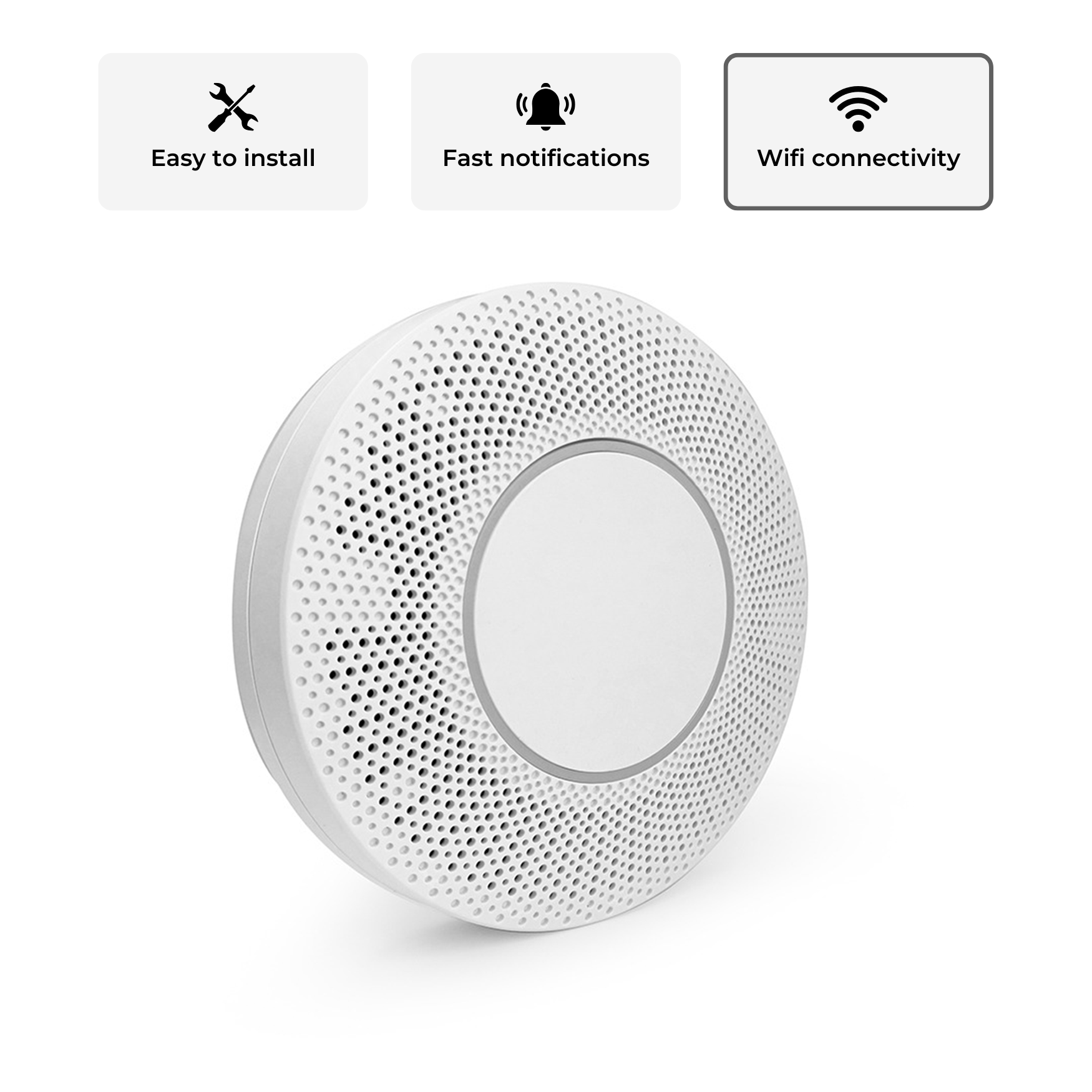
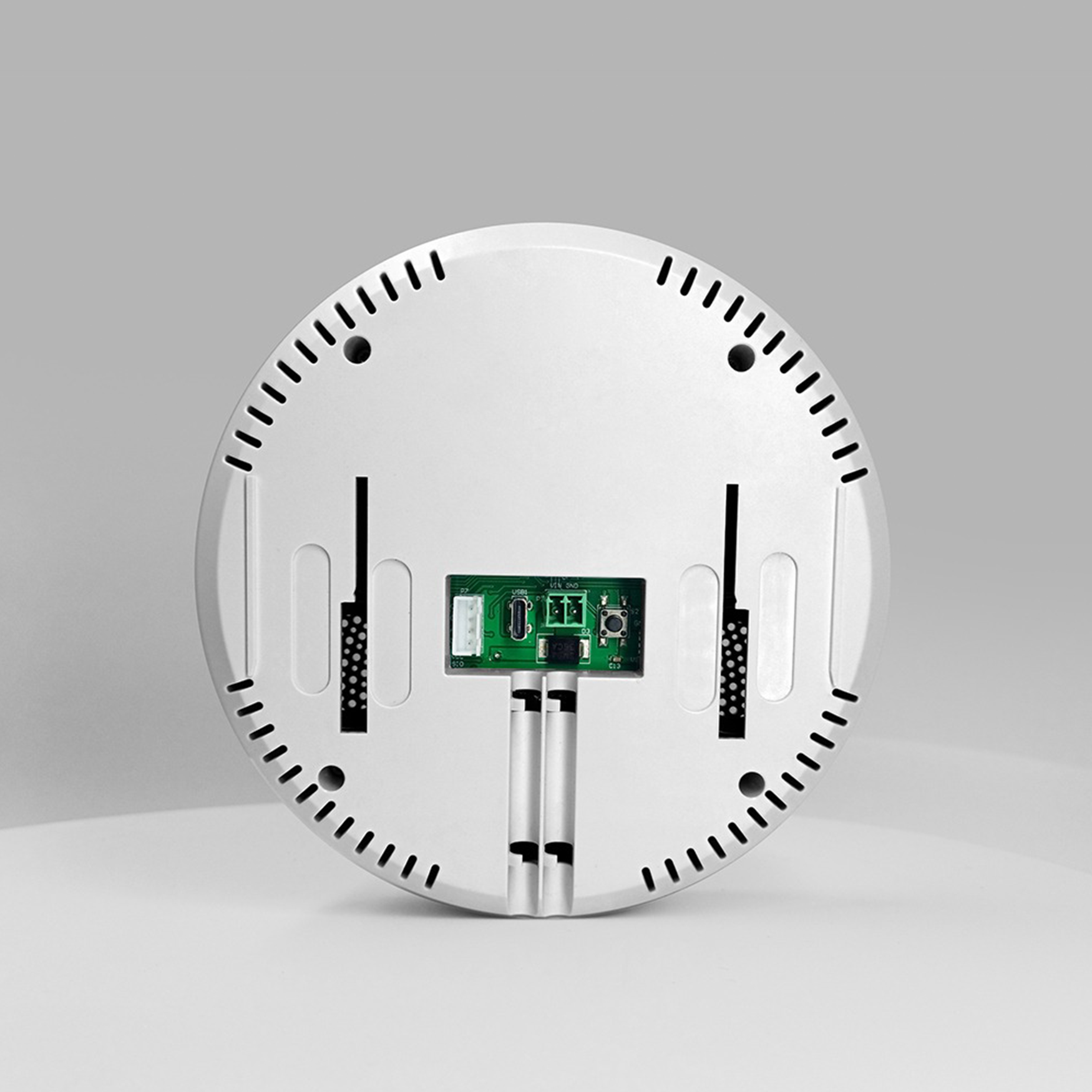

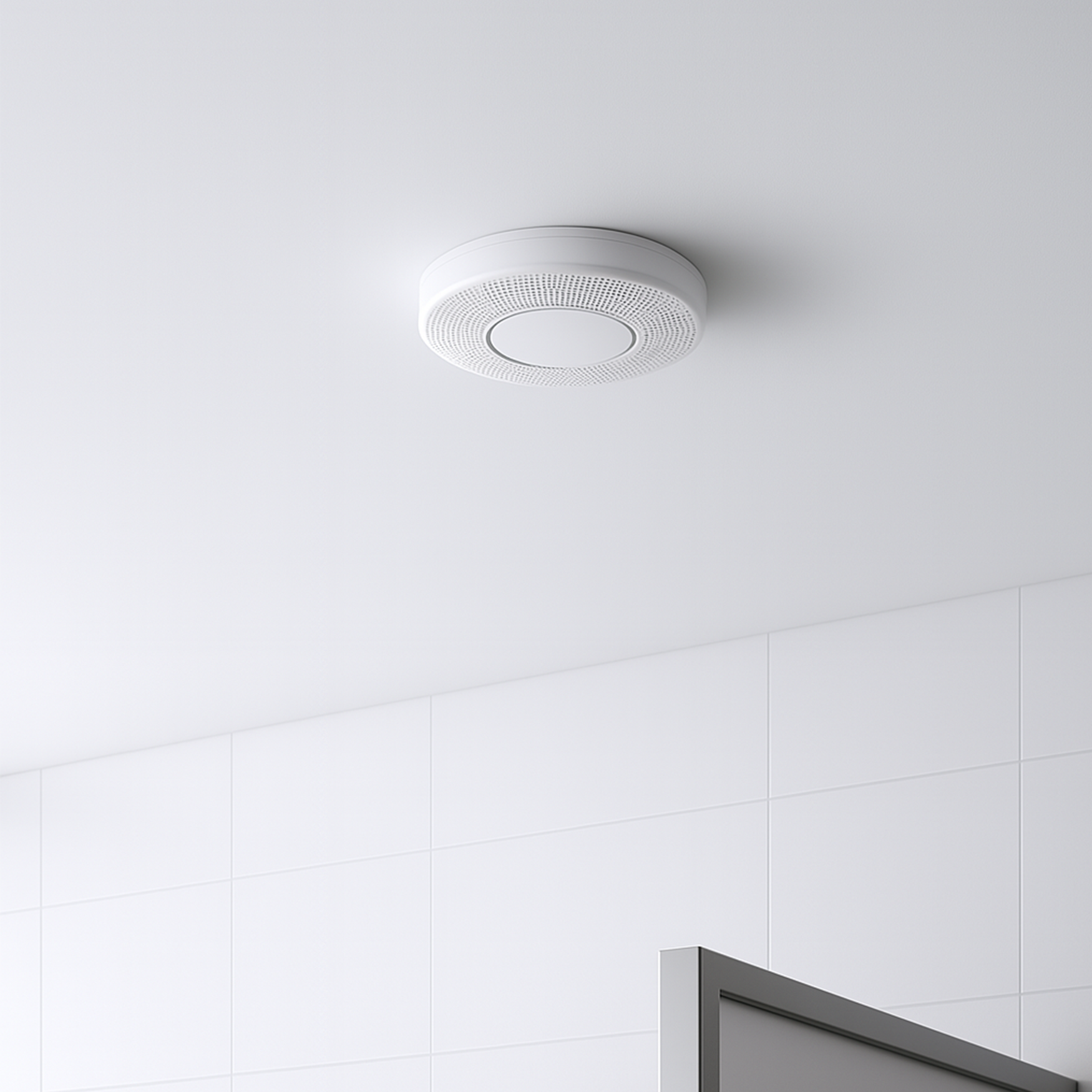
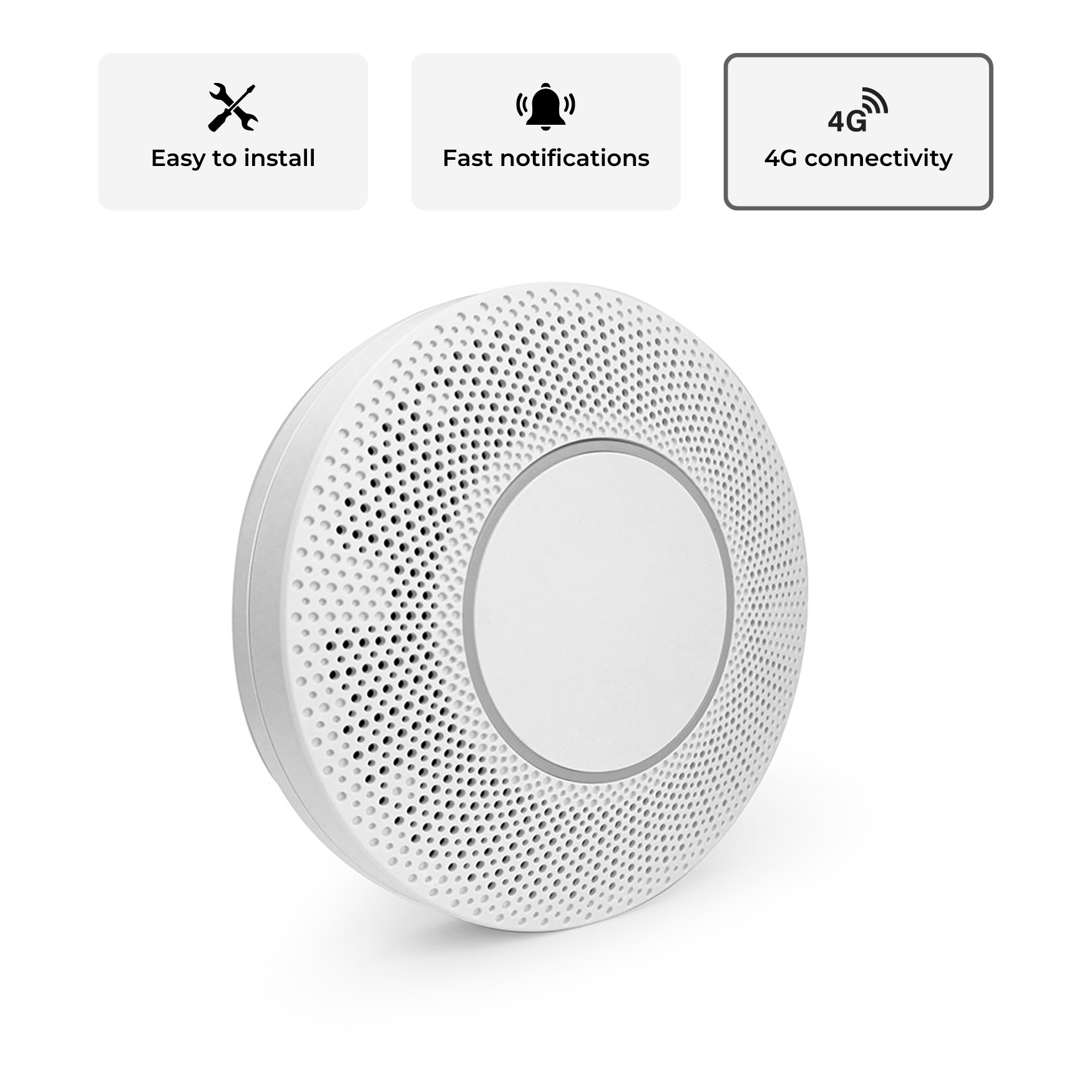
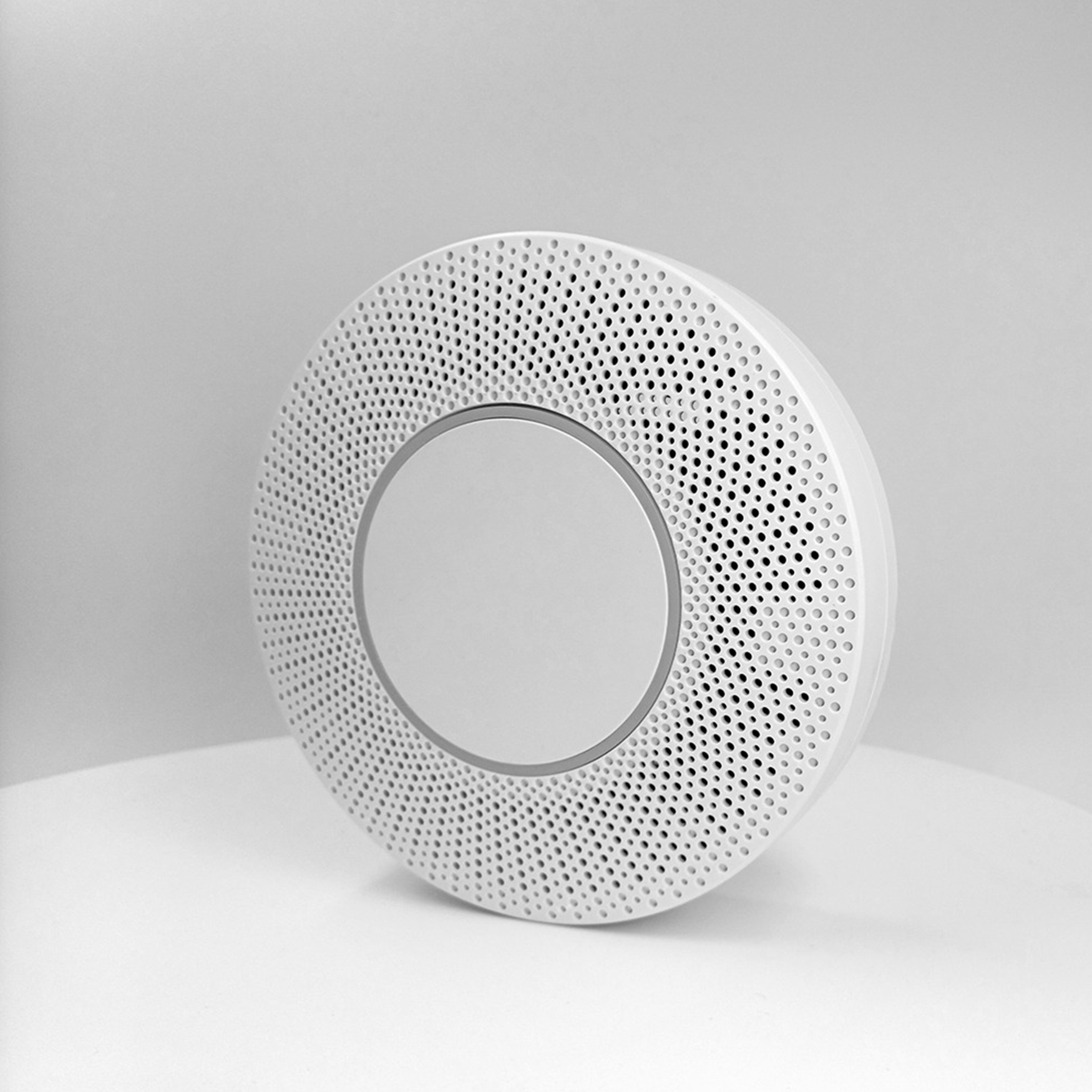
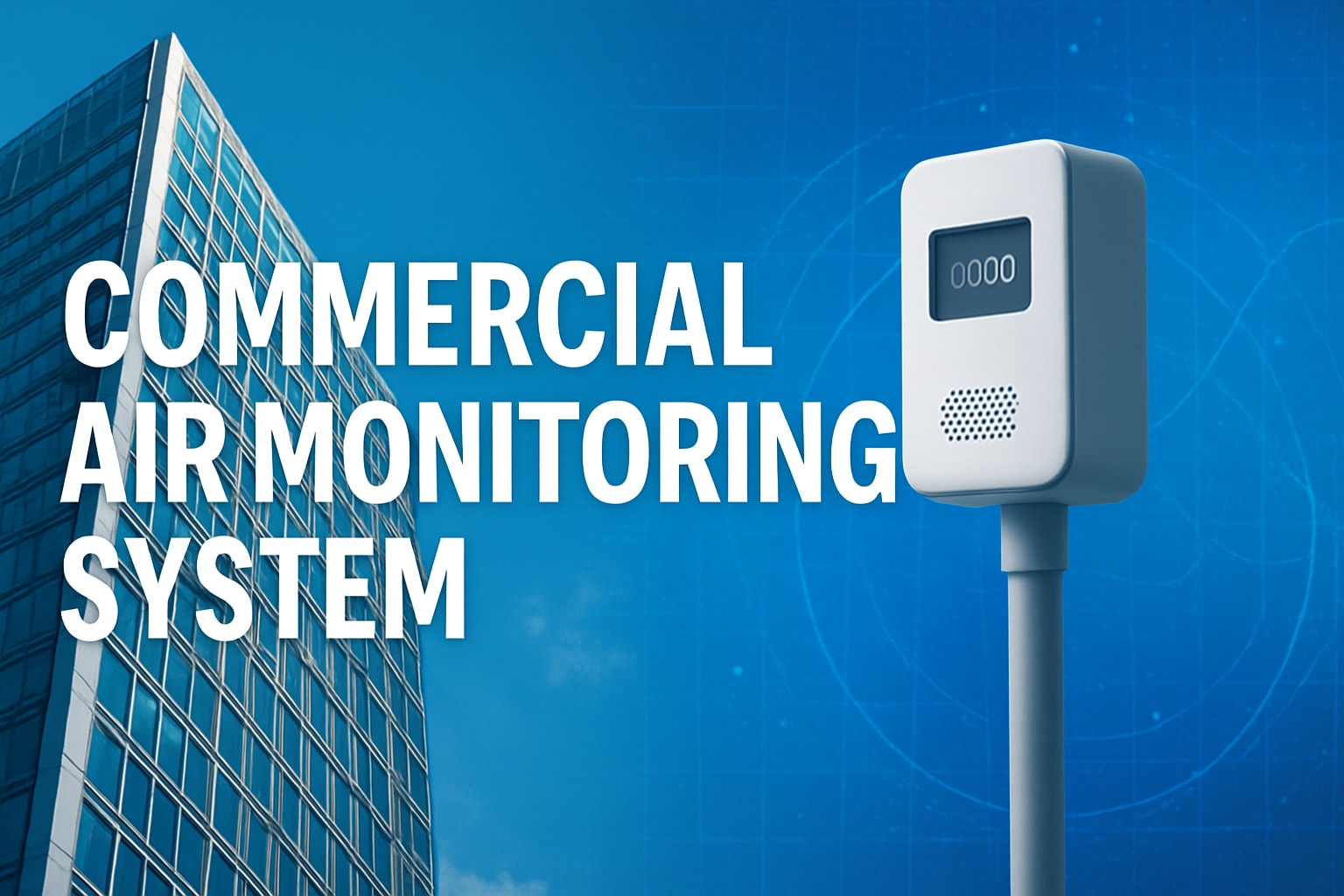


Share:
Vape Detection System Guide: Essential Insights for 2025
School Environment Air Report Guide: Insights for 2026